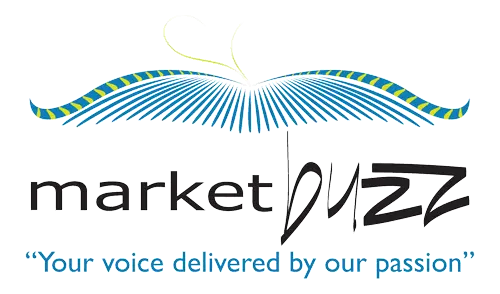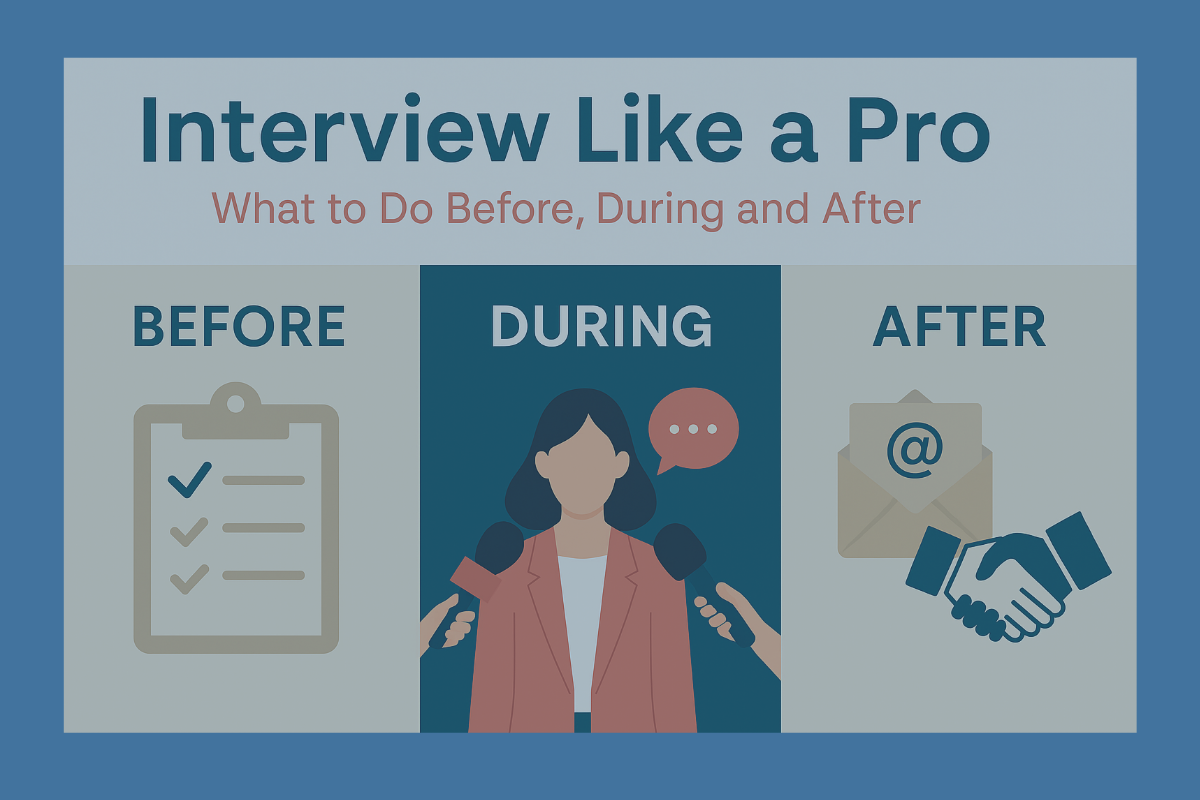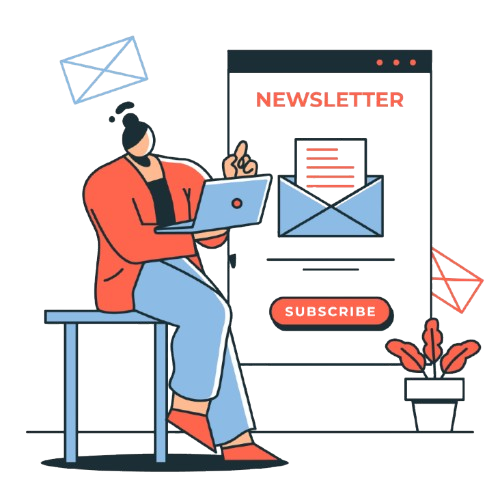Whether you’re speaking to a traditional journalist, a podcast host, or a LinkedIn content creator, every interview is an opportunity to shape how your brand is perceived. But too often, spokespersons approach media interviews unprepared, reactive, or overly scripted — missing the chance to build trust, clarity, and meaningful connections.
Here’s a simple guide to what you should do before, during, and after an interview to ensure your message resonates — and your interviewer walks away with what they need.
Before the Interview: Prepare with Purpose
Preparation is more than memorising talking points — it’s about aligning your story with the journalist’s angle and your audience’s interest.
- Understand the media outlet and interviewer: Do your homework. Review past stories, listen to a few podcast episodes, or scroll through their YouTube or Instagram reels. Are they informal or data-driven? Do they cover startups, sustainability, or tech innovation? This helps you shape your tone and emphasis accordingly.
Tip: Journalists (interviewers) appreciate guests who show familiarity with their work — it demonstrates respect and makes for better rapport. - Clarify the interview scope and format: Is this a live panel, pre-recorded podcast, short quote for a feature, or a deep-dive for a business magazine? Ask if there are any specific themes, questions, or deadlines — especially in the case of new media creators who often repurpose interviews across formats.
- Know your key messages: Limit yourself to three core takeaways you want the audience to remember. Support them with anecdotes, stats, or customer examples — but stay away from overused jargon. Authenticity wins over polish every time.
- Prep for the tough questions: Even friendly interviews can take an unexpected turn. Be ready to address challenges, gaps, or recent news — and bridge back to your key messages without sounding evasive.
During the Interview: Be Clear, Calm, and Credible
How you deliver matters just as much as what you say.
- Speak like a human: Avoid press release language. Use plain English. Replace technical terms with real-world analogies. This is especially crucial when your interview is aimed at consumers, entrepreneurs, or a general business audience.
- Stay conversational, not canned: Interviewers — especially in podcasts or Instagram Live — want real conversations, not a script. Listen actively. Respond naturally. Don’t be afraid to show personality.
- Provide soundbites, not speeches: Journalists love short, pithy quotes. Think: what would make a great pull-quote or headline? Break long thoughts into digestible phrases. Example: Instead of “We provide end-to-end, scalable digital transformation services across the MENA region,” say: “We help businesses in the Middle East go digital — from idea to implementation.”
- Don’t bluff: If you don’t know something, it’s okay to say: “Let me get back to you with that.” It builds more trust than guessing or spinning.
Follow Through, Don’t Fade Away
The post-interview phase is your chance to build long-term media relationships — not just land a one-off story.
- Send any promised follow-ups: If you mentioned data, case studies, or visuals — send them promptly. This helps the journalist meet their deadline and raises the chance of a more accurate or prominent mention.
- Offer value beyond the interview: Acknowledge the interviewer publicly (if appropriate), share the published story with your network, and offer to contribute future insights. Regional journalists in the Middle East often appreciate ongoing access to expert voices.
- Conduct a quick internal debrief: What worked well? What would you say differently next time? Use the opportunity to refine your media readiness — especially if more interviews are on the horizon.
Why This Matters
According to a 2024 Cision report, 63% of journalists say their biggest frustration is receiving non-specific, generic responses in interviews — especially when covering startups or innovation. In contrast, the most valued interviewees are those who can combine insight with clarity and authenticity.
At Market Buzz International, we regularly coach clients to shift from “performance mode” to “partnership mode” — treating media interviews as collaborative conversations, not just marketing exercises.
A great interview doesn’t happen by accident. It’s built on preparation, presence, and partnership. By investing a little time before, during, and after, you not only make the journalist’s job easier — you build your reputation as a credible, thoughtful, and sought-after spokesperson.



